Origami, the ancient Japanese art of paper folding, has inspired a new generation of designers to create functional objects that transform through simple, deliberate folds. From lighting fixtures to furniture, these designs merge aesthetics with adaptability, offering users interactive experiences that challenge traditional notions of form and function.
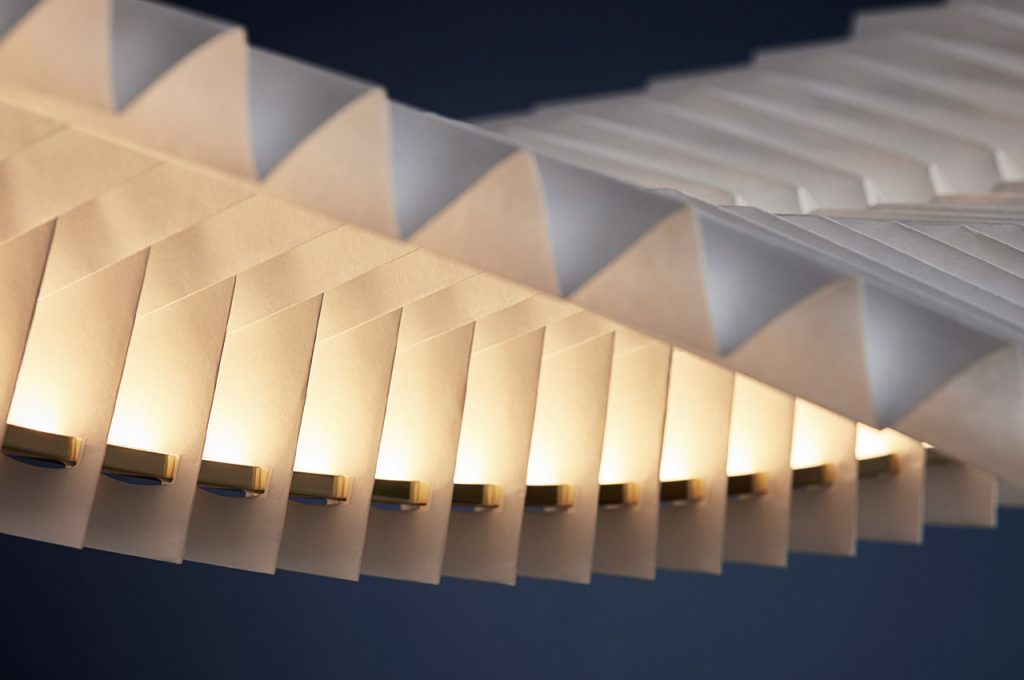
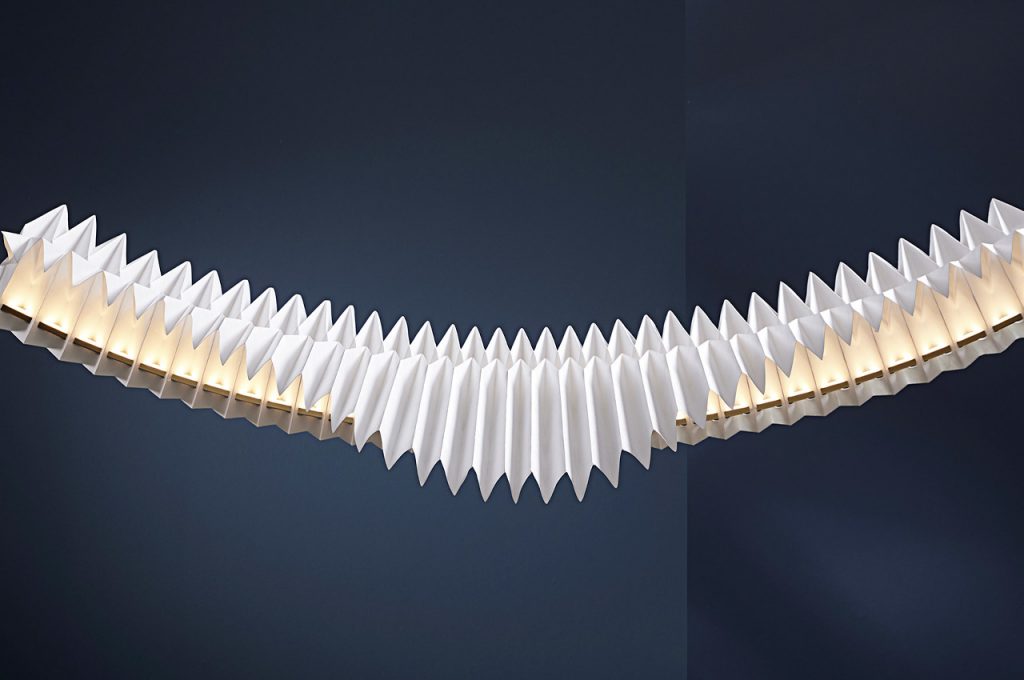
Sora Pendant Light by Fung + Bedford (also header image)
The Sora Light, created by UK-based studio Fung + Bedford for Danish brand Frandsen, exemplifiesthe elegance and precision of Japanese origami. Drawing from origami’s intricate folds, it features a sculptural horizontal form is suspended between two cords and flanked by folded, wing-like details that create the illusion of weightlessness. As a lighting fixture, Sora balances minimalism with visual drama, making it a compelling centerpiece for modern interiors.
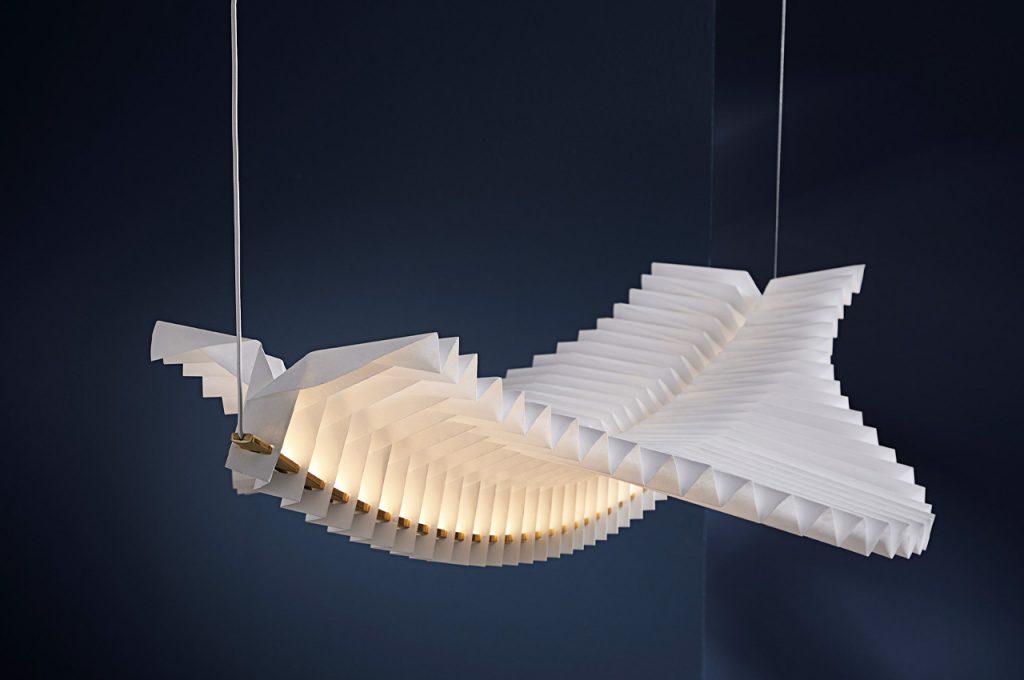
Sora Pendant Light by Fung + Bedford
Crafted from Tyvek, a lightweight, waterproof, and tear-resistant material that mimics the appearance of paper, the Sora Light glows with a soft, ambient warmth. An embedded LED strip within the underside of the fixture diffuses light evenly, allowing the folded structure to emit a subtle, calming radiance. The choice of Tyvek also reinforces the sustainable appeal of the design, being 100% recyclable.
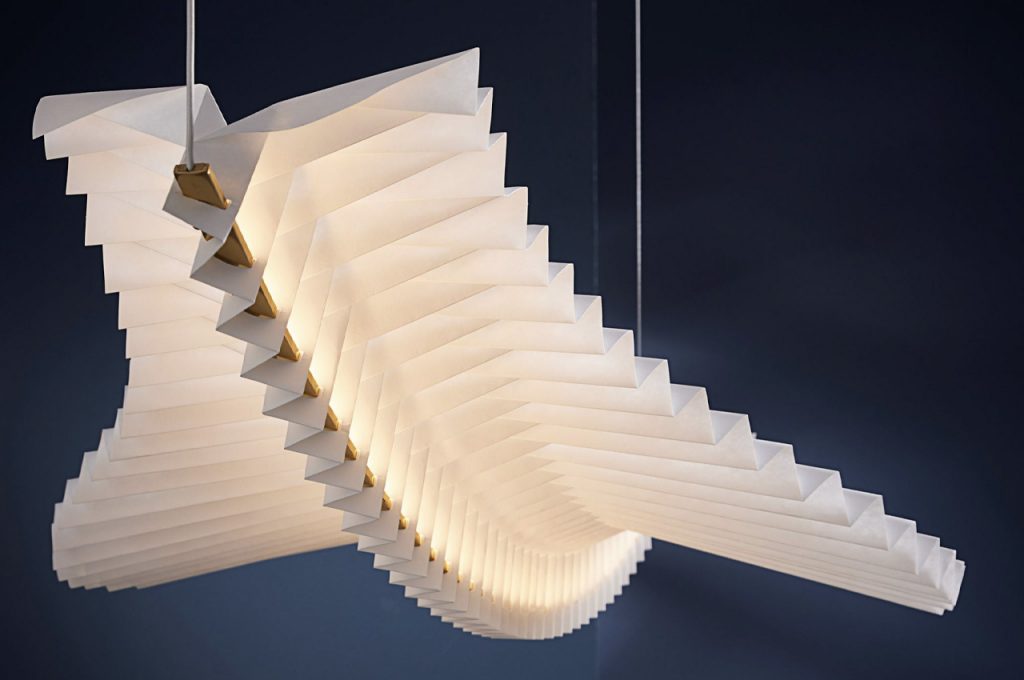
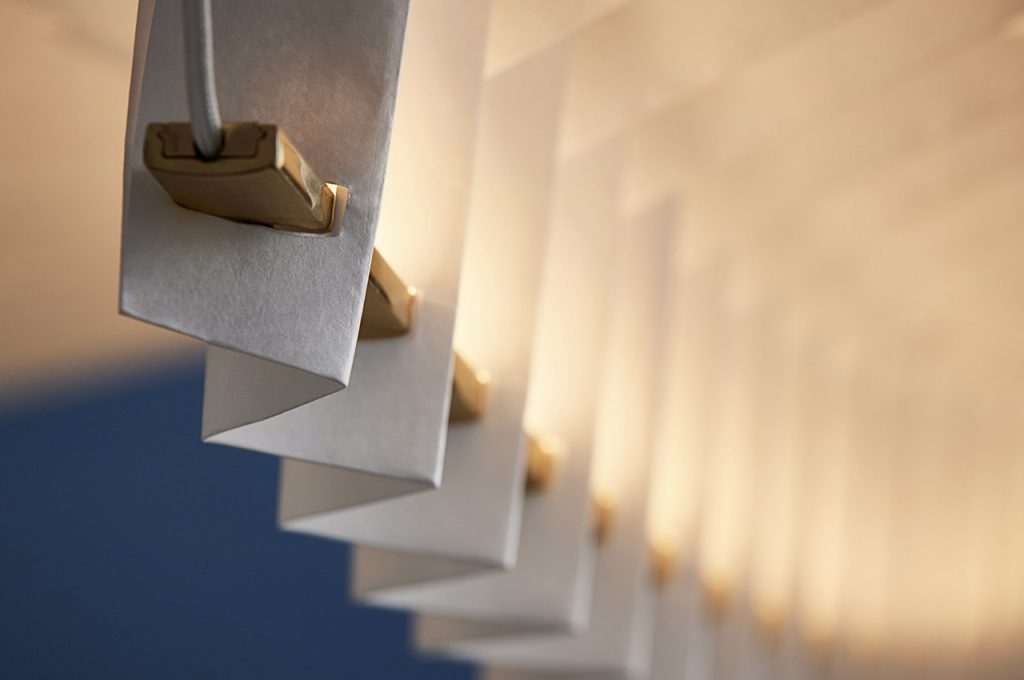
Sora Pendant Light by Fung + Bedford
More than just a source of light, Sora is a sculptural object that hovers gently in space, creating an atmosphere of quiet sophistication. Its ethereal presence makes it ideal for both residential and commercial settings—bringing a poetic, floating quality to any room while challenging conventional notions of lighting as merely functional.
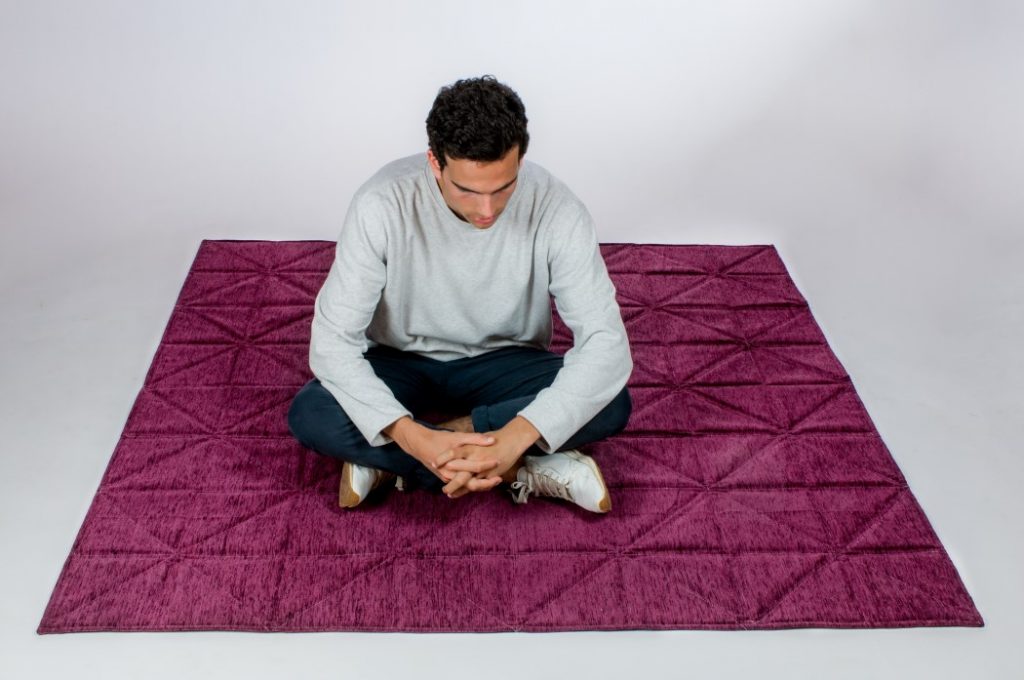
Imagiro Carpet by EINA University Students
Similarly, the Imagiro carpet, created by students at EINA University of Design in Barcelona, brings the principles of origami into interior design. Unlike traditional rugs that lie flat and static, Imagiro is embedded with subtle crease patterns that allow it to be folded into sculptural shapes. The result is a textile that doesn’t just decorate a room—it interacts with it.
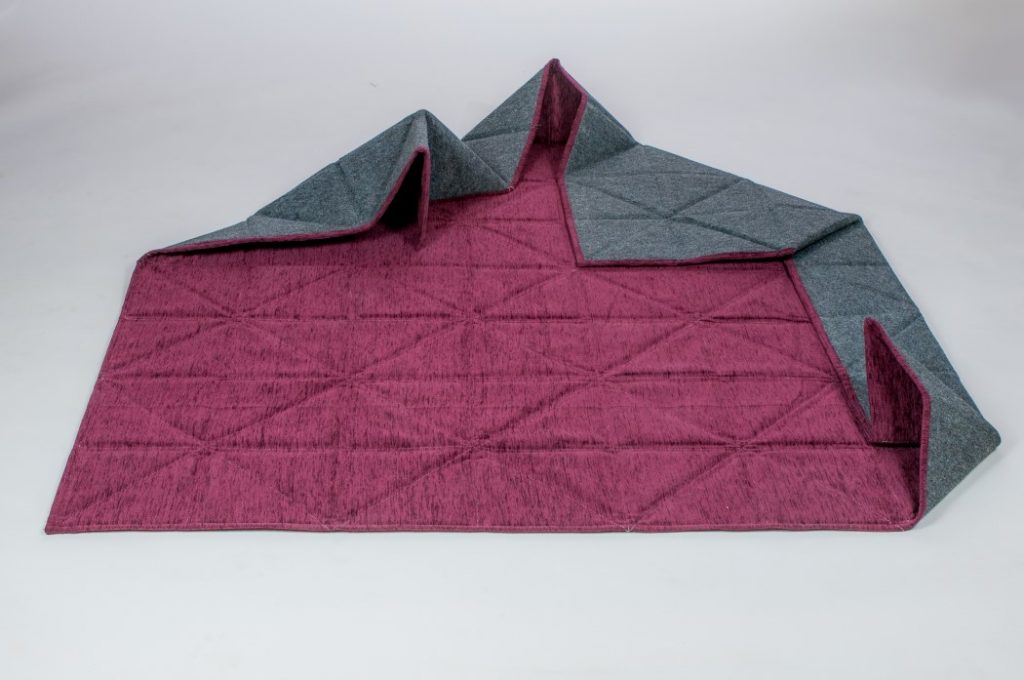
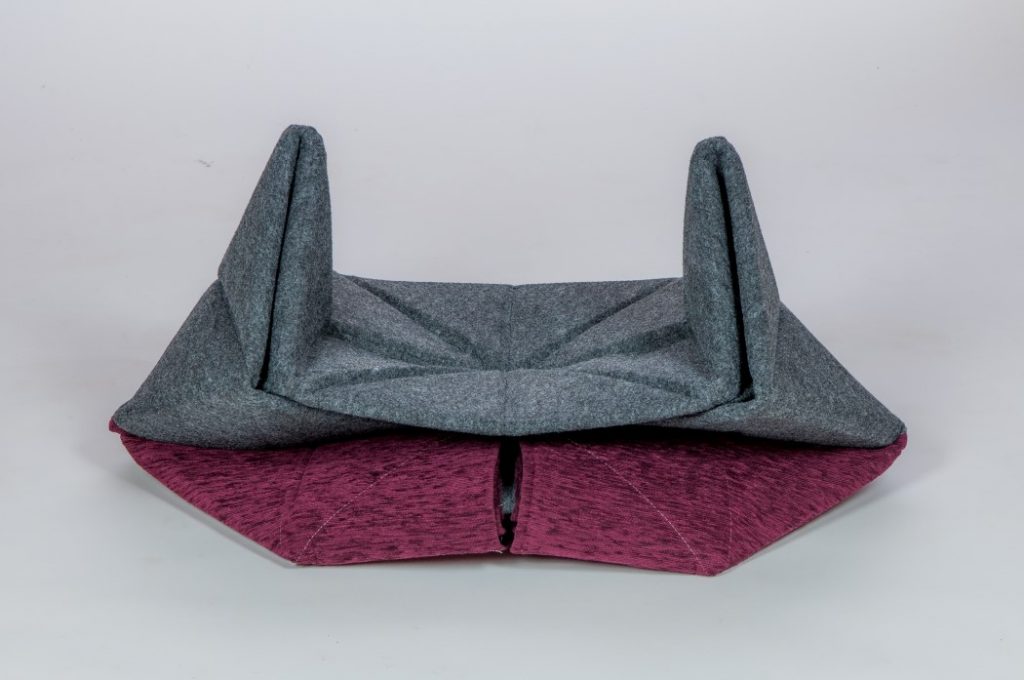
Imagiro Carpet by EINA University Students
Inspired by the way napkins or paper can be transformed into folded forms, the carpet invites playful, hands-on engagement. Users can reconfigure it as often as they like, turning the floor covering into a centerpiece or spatial divider. The pre-creased fabric facilitates easy manipulation, enabling users to fold the carpet into different shapes that can serve as artistic installations or functional elements in interior spaces.
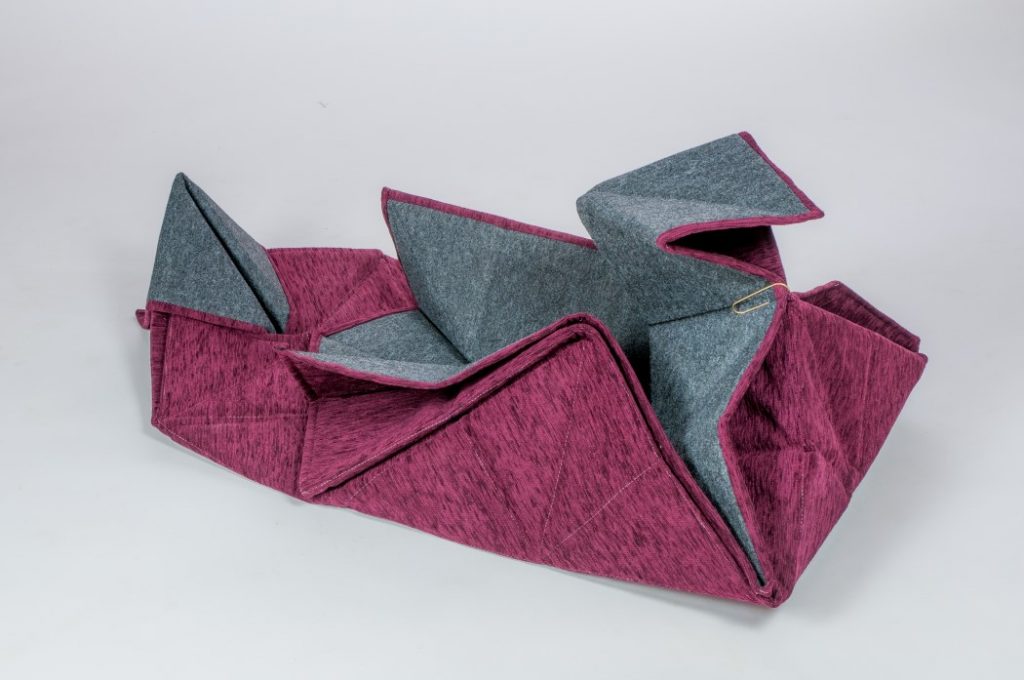
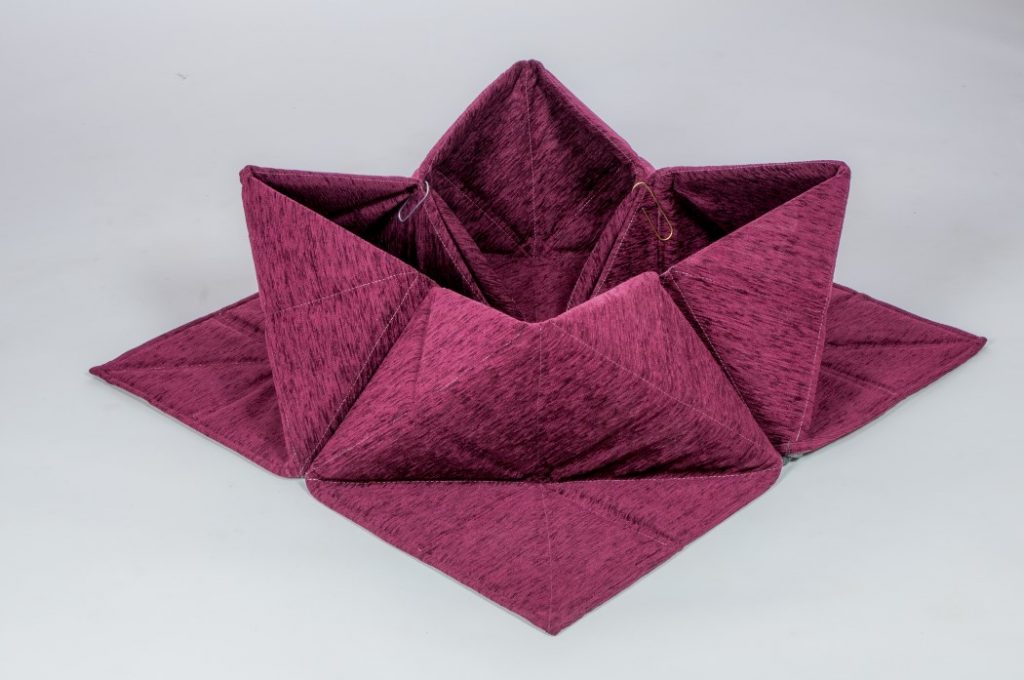
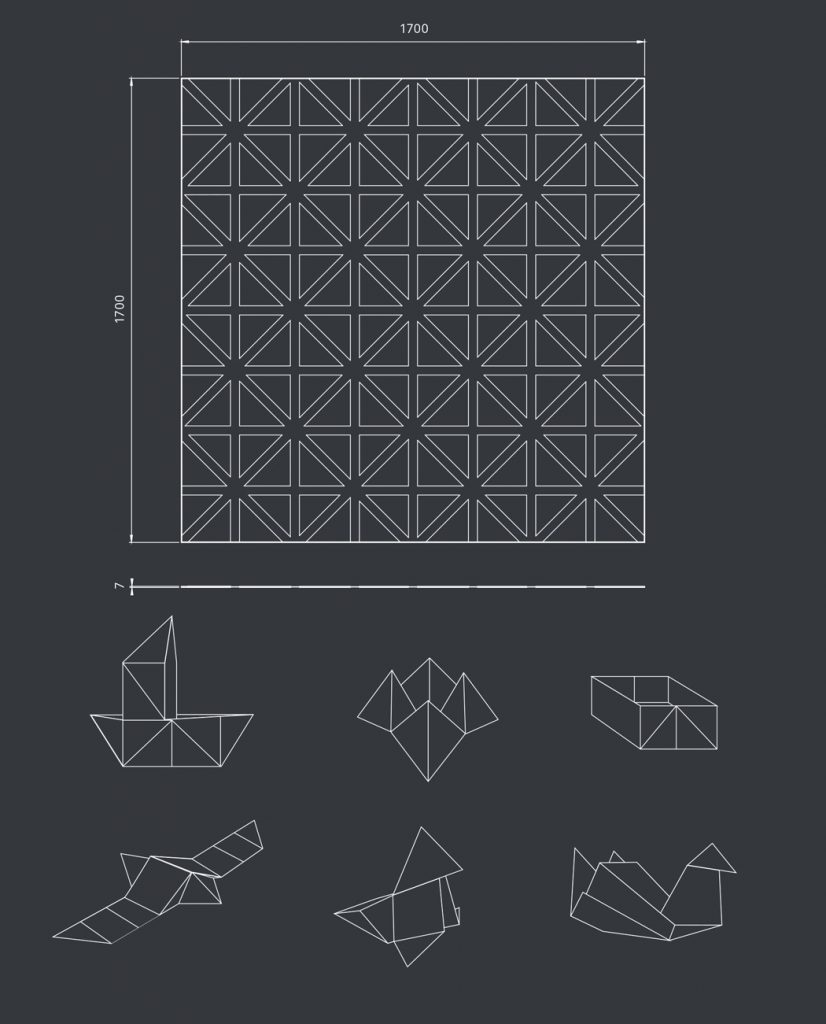
Imagiro Carpet by EINA University Students
Imagiro challenges the idea that home textiles must stay passive. By merging textile craft with the logic of origami, the project offers a smart, tactile solution for dynamic spaces—whether at home, in a hotel lobby, or a gallery setting. It’s a rethink of what a carpet can do and how it can live in a space.
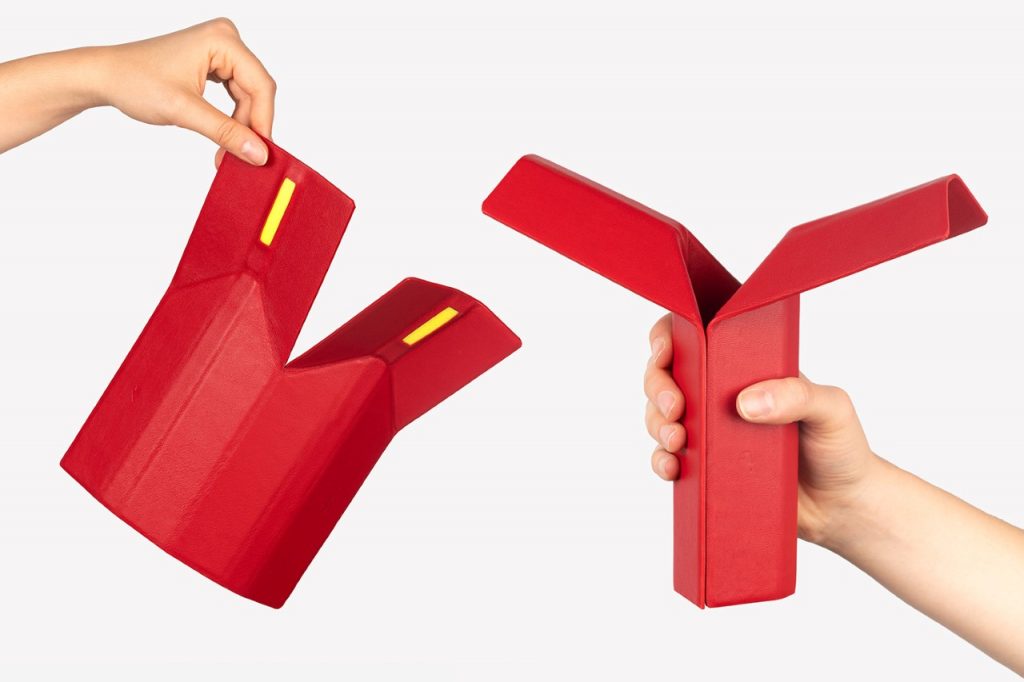
ORY Lamp by Il-Seop Yoon
Folding like an origami structure, the ORY Lamp, designed by South Korean designer Il-Seop Yoon of ISY Studio, takes portability to the next level. The clever, flat-packed lighting solution begins as a sheet of faux leather, easily slipped into a backpack or briefcase, and transforms into a sleek two-way table lamp when needed. The lamp’s unique design uses crease lines and built-in LED strips to provide downward and forward-facing light, making it ideal for tasks like reading, dining, or working in dimly lit environments.
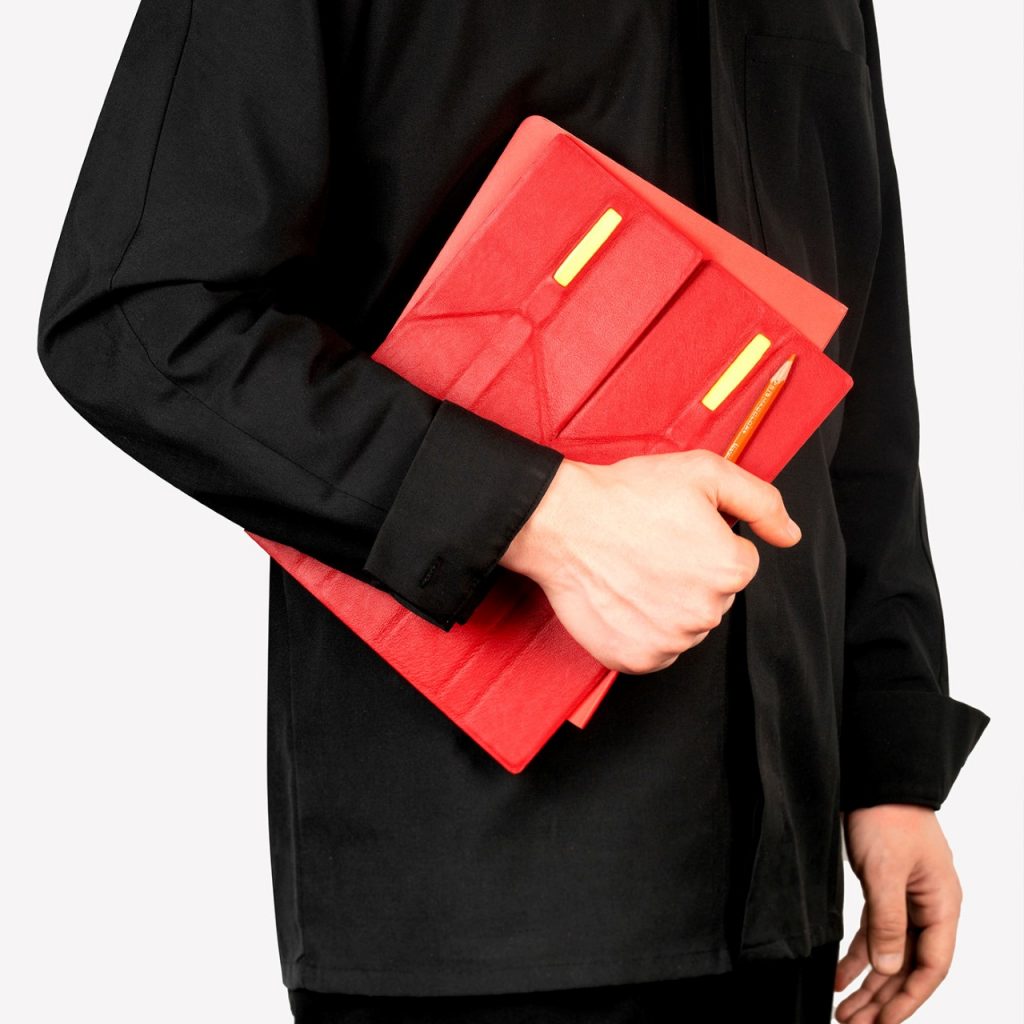
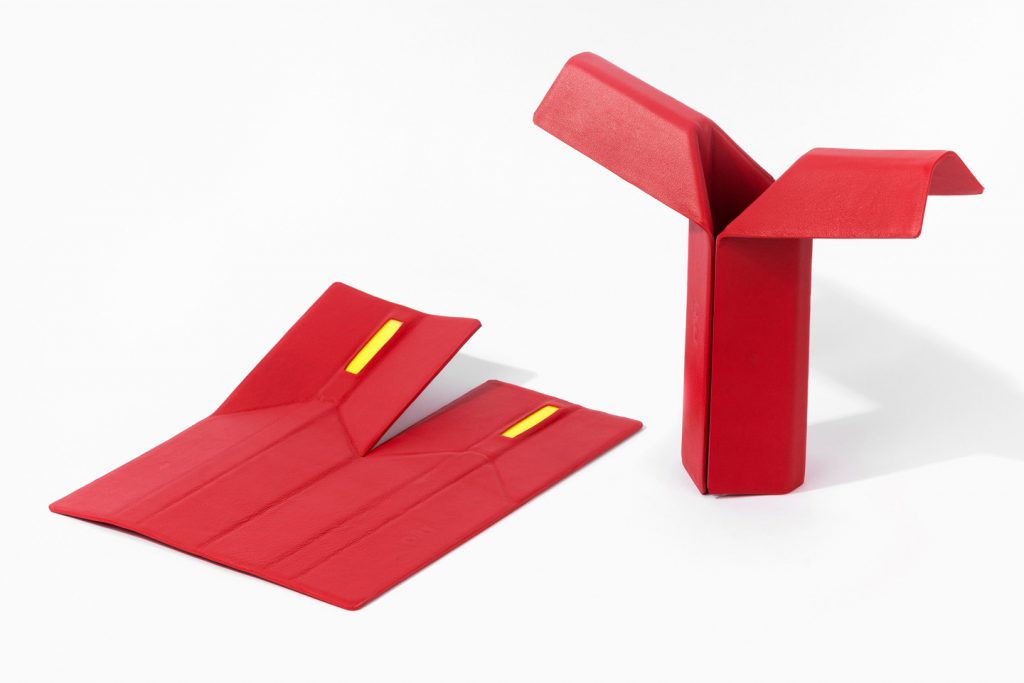
ORY Lamp by Il-Seop Yoon
What sets the ORY Lamp apart isn’t just its portability, but also the thoughtful engineering within. Despite its ultra-slim profile, the lamp houses COB (Chip-on-Board) LEDs, structural metal inserts, and even a wireless charging coil. Running on a slim mobile phone-style Li-ion battery, it’s completely portless—charging instead via Qi wireless pads, which also gives it a level of water resistance. Small flaps on either side of the LEDs serve as integrated lamp shades, preventing glare and directing light precisely where needed.
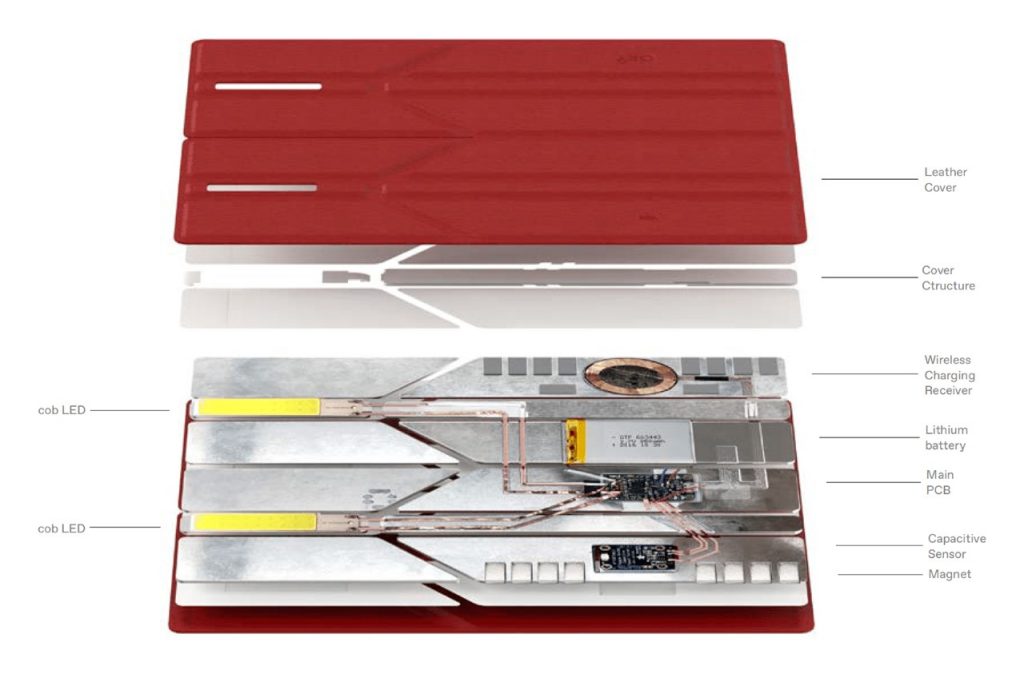
ORY Lamp by Il-Seop Yoon
Yoon, whose studio is based in the Euljiro district of Seoul—a neighborhood known for its lighting manufacturing—uses this proximity to industrial resources to produce high-quality, design-forward objects. The ORY Lamp is still a prototype, but its smart combination of flexibility, portability, and visual appeal makes it a promising candidate for future production, especially for those seeking compact, elegant lighting on the go.
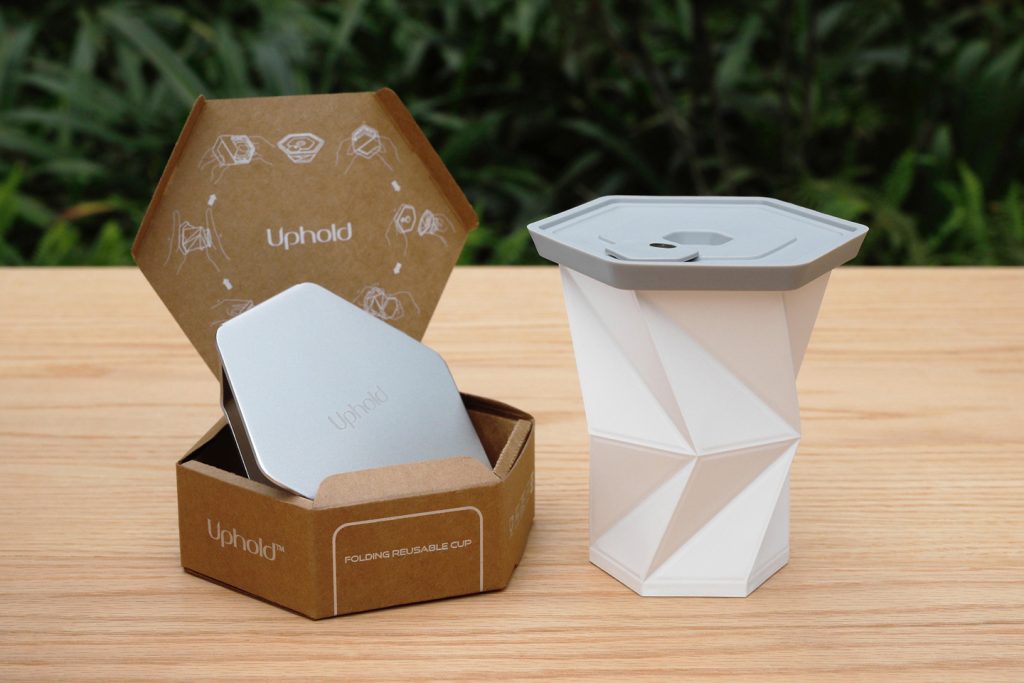
Uphold Cup by Eric Tong and Hannah Morris
Lastly, the Uphold Cup, designed by Eric Tong and Hannah Morris for Uphold, embodies the principles of origami in a reusable travel cup to combine compactness with everyday functionality. Made from food-grade, BPA-free polypropylene, the cup holds hot or cold beverages up to 100°C and collapses down into a flat disc when not in use. This makes it incredibly easy to flip into a bag or backpack, offering a lightweight, portable solution for eco-conscious users on the go.
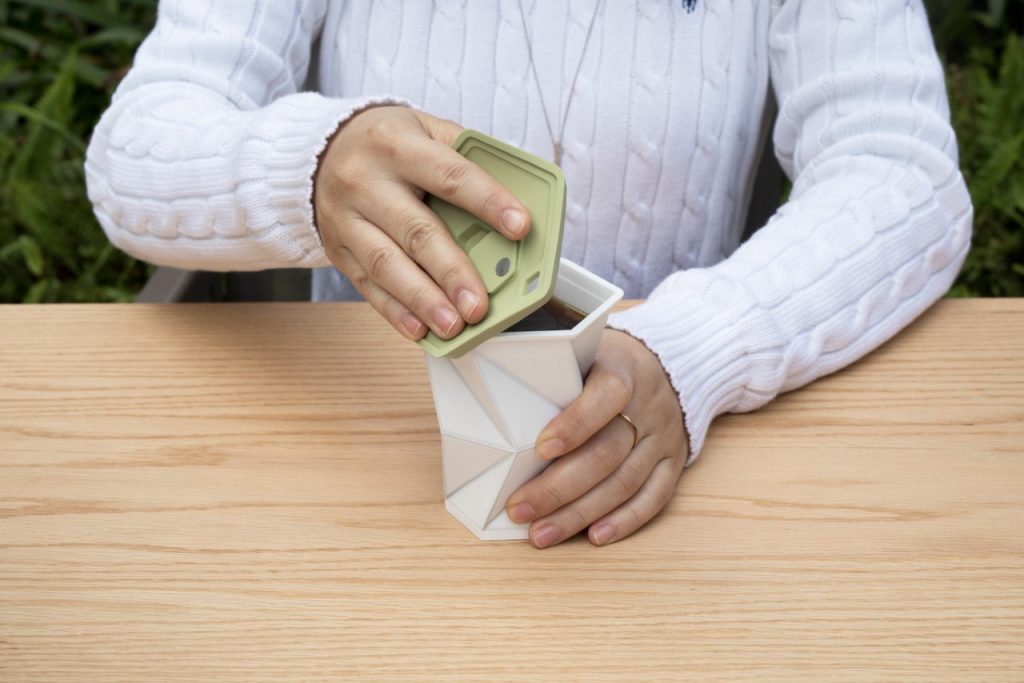
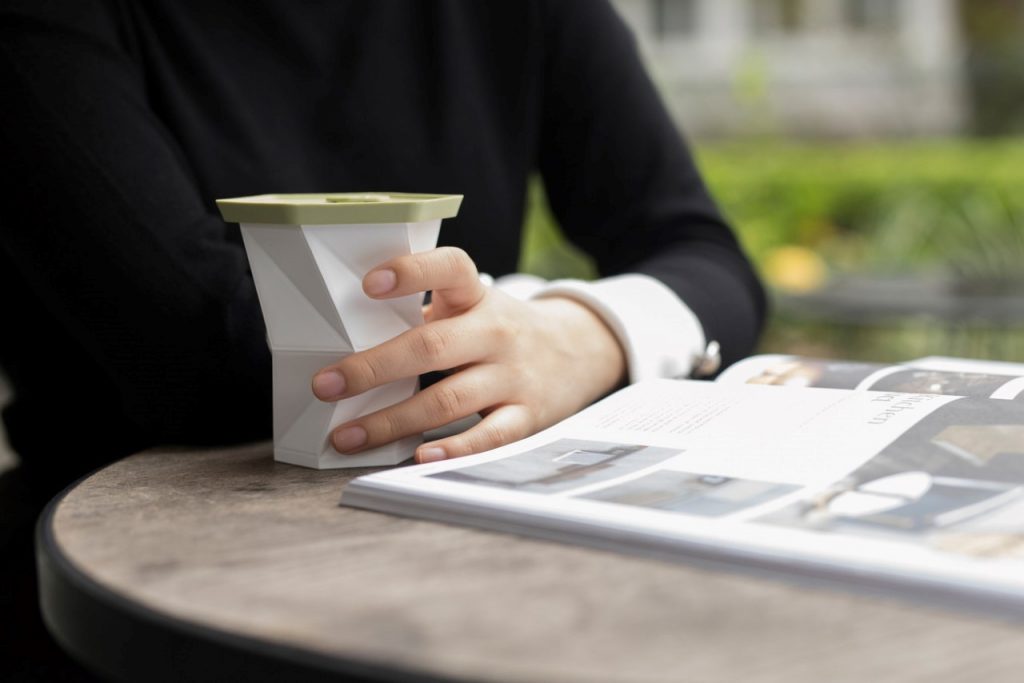
Uphold Cup by Eric Tong and Hannah Morris
The cup’s telescopic design is both precise and playful, using a mathematically inspired folding system that gives it a unique visual character and an engaging tactile experience. The polypropylene construction allows for repeated folding without wear, and the experience of opening and collapsing the cup is so satisfying it could easily double as a fidget toy. Its distinctive shape is a direct result of its smart functionality, seamlessly blending design and purpose.
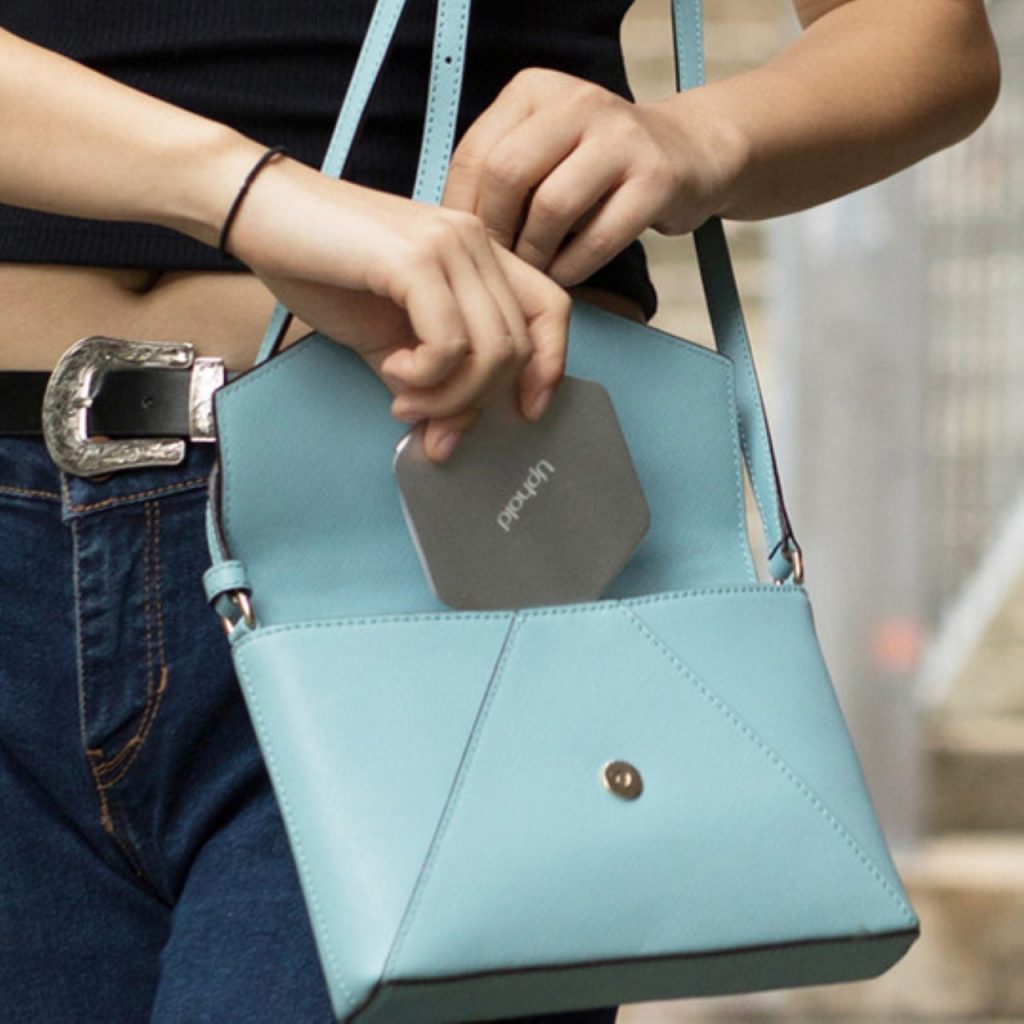
Uphold Cup by Eric Tong and Hannah Morris
To further support its reusability, the Uphold Cup comes with a spill-proof silicone lid and a sleek aluminum sleeve that secures it in its collapsed form. Easy to clean and endlessly reusable, it stands as a stylish alternative to single-use cups, encouraging a shift toward more sustainable habits without sacrificing practicality or aesthetic appeal.